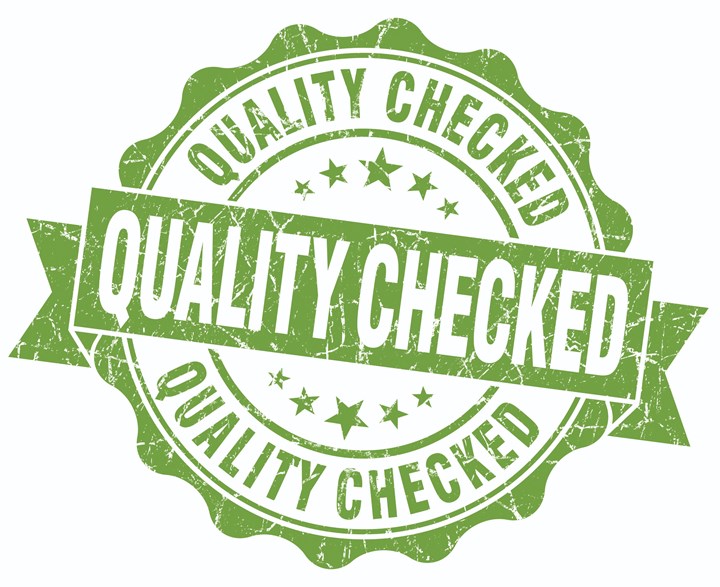Top 10 Topics to Cover During an ISO 9001 Manufacturing Audit
Take a look at this practical hands-on approach to conducting a quality audit.

An auditor should be a hands-on quality professional with auditing experience, and product and relevant manufacturing process knowledge. Sometimes there may be an auditing team with two or more observers possessing complementary skills. The audit should take between one to two days. The auditor should arrive early in case more time is needed to complete the audit. Audits are conducted on a day when production is running.
Top 10 Topics to Cover During an ISO 9001 Manufacturing Audit
- Responsibility: Ask the supervisor/inspector/operator, “Who is responsible for product quality? What is your quality policy?”
- Resources and performance: Ask the supervisor, “What work is performed in this area? Do you have adequate resources (personnel, equipment) to perform the work expected of this work center? What are the performance goals for the work center, and how do you measure them? Please show me.”
- Training: Ask the supervisor, “What job titles exist in this area? What training is required for each job title? Please show me your training records.”
- Document and records control: Ask the supervisor, “What is your system for controlling documents and records? Please show me your document control procedure and your records control procedure. Where do you keep the approved master records? Please show me. Where do you keep documents and records in this work center? Please show me.” (Compare documents from the work center against the masters to make sure they match. Check records for completeness and retention time.)
- Manufacturing equipment: Ask the supervisor, “Who maintains the equipment? May I see the procedures for equipment maintenance? May I see the records of completed maintenance?”
- Measurement equipment: Ensure all measurement equipment is under calibration control (perhaps indicated by a sticker). Ask the operator or inspector, “How do you know the gage (or meter or another device) you are using is accurate?”
- Identification and traceability: Look around the work center to ensure all products have identification such as part numbers and have identifiable measurement status labels, mostly if unattended. Ask the operator or inspector, “What traceability requirements do you have?”
- Operating procedures: Ask the operator or inspector, “What are you working on? May I see the procedure for how you perform that job? What records do you maintain? (Observe the person doing the job for several minutes to see whether the procedure is followed.)
- Specifications: Ask the operator or inspector, “How do you know when a product is good or bad? May I see the specifications or samples?” (Look to see if the specs and samples are under control—signed and dated.)
- Nonconforming product and corrective and preventive action: Ask the operator or inspector, “What do you do with the nonconforming product? May I see the procedure that addresses how you handle it? How do you try to reduce the number of nonconformities? How do you try to prevent nonconformities from occurring in the first place?”
About the Author
Lewis Yasenchak, MBA, BS, is the founder and owner of P&Y Management Resources, which specializes in building and improving the plastics industry supply chain.
Related Content
-
Laser Welding Versus Micro Welding
The latest battle in finely detailed restoration/repair of mold materials.
-
Plastic Prototypes Using Silicone Rubber Molds
How-to, step-by-step instructions that take you from making the master pattern to making the mold and casting the plastic parts.
-
Revisiting Some Hot Runner Fundamentals
What exactly does a hot runner do? If you’ve been in the injection molding industry for any length of time, you might think the answer is obvious, but it is not.








.jpg;maxWidth=300;quality=90)







